Derny Cuesta, a gold-panner from Zaragoza in northern Colombia, took refuge indoors with thousands of others when the feared Clan del Golfo drug trafficking group rolled through town last month promoting a mining strike as a show of force against the government.
“We were made to shut everything down,” said Cuesta, recalling how the criminals co-opted the protests, forcing shops to close and torching vehicles that were driven in the curfew. “Who made us? The people with guns, and they are all around us.”
Colombia’s first leftist president, Gustavo Petro, took office eight months ago promising to deliver “total peace” after six decades of armed conflict. But Zaragoza and the surrounding Bajo Cauca region remain mired in conflict, an indication of the wider problems Petro faces in pacifying large swathes of a country still dominated by armed guerrillas and drug traffickers.
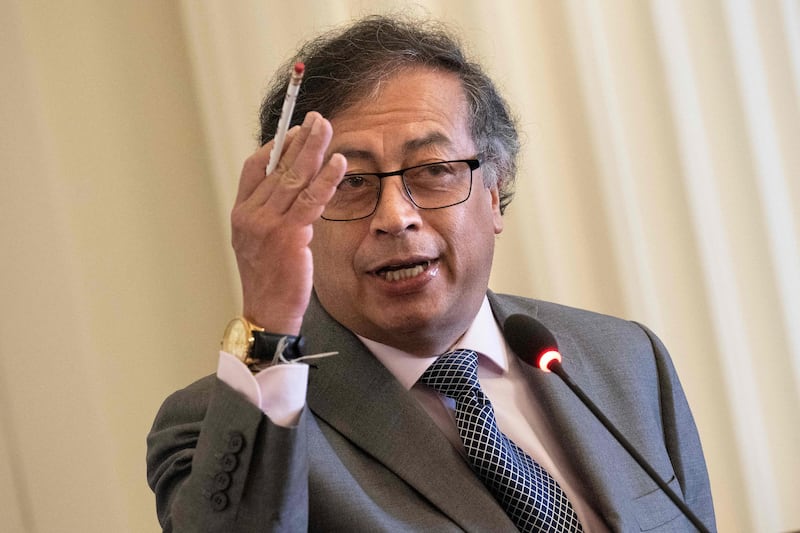
Petro, a former guerrilla himself, is determined to end a civil conflict that has killed more than 450,000 people and displaced more than seven million. He has pledged to negotiate peace and surrender deals with armed groups and criminal gangs. The government estimates that there are five armed groups and about 20 gangs in the country.
READ MORE
But the sheer number of rival armed groups and gangs, all with different agendas, means Petro has struggled to deliver a significant breakthrough in peace talks.
“The concessions offered to one group to abide by negotiations can lead other groups to increase their demands,” said Sergio Guzmán, director of consultancy Colombia Risk Analysis. “The government’s plan lacks structure, depth, incentives and communications.” Groups are seeking political reforms and soft sentencing in exchange for laying down arms.
Road signs and houses across Baja Cauca are spray-painted with the Clan del Golfo’s initials, a reminder to civilians and security forces of whose turf they are on. When armed groups give orders to civilians, they either obey and “shut up shop or you die”, Cuesta said.
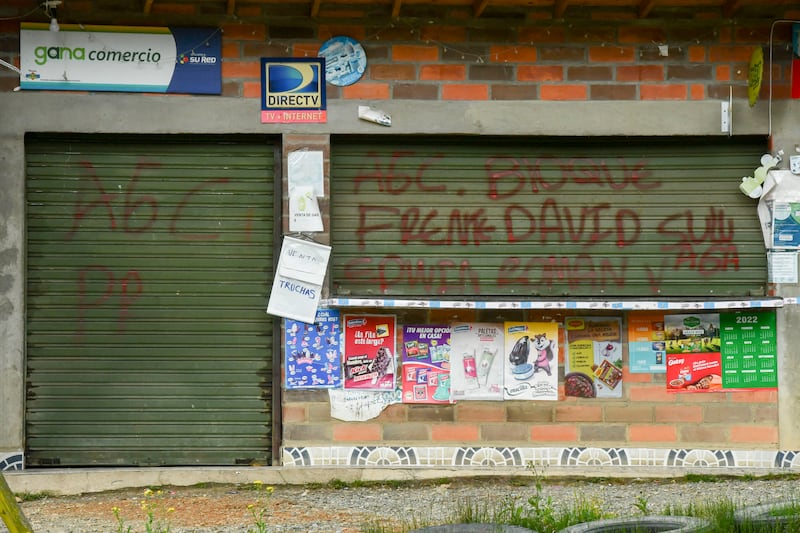
Intelligence agencies estimate more than 15,000 people belong to armed groups and criminal gangs, either as fighters or support members, in Colombia. Some are involved in illicit activities such as drug production and distribution, illegal mining and extortion.
Clan del Golfo, also known as the Gaitanist Self-Defense Forces or AGC, is the largest armed group with an estimated 6,500 members, according to Danilo Rueda, Colombia’s high peace commissioner. The Marxist-Leninist ELN, which also operates in and has received shelter from Venezuela, is the second-biggest with 5,800 members.
Late last month, the ELN attacked a barracks near the Venezuelan border, killing 10 soldiers. Petro announced a ceasefire with the ELN in late December, but the group responded that it had not signed up to one. A third round of formal peace talks is planned to take place in Havana.
Iván Cepeda, a senator from Petro’s centre-left coalition and part of the government’s negotiating team with the ELN, said violence during talks reinforced the need to seal an accord. “It is painful and traumatic for Colombia but we must press on,” he told the Financial Times, adding that previous negotiations with armed groups took place amid combat operations.
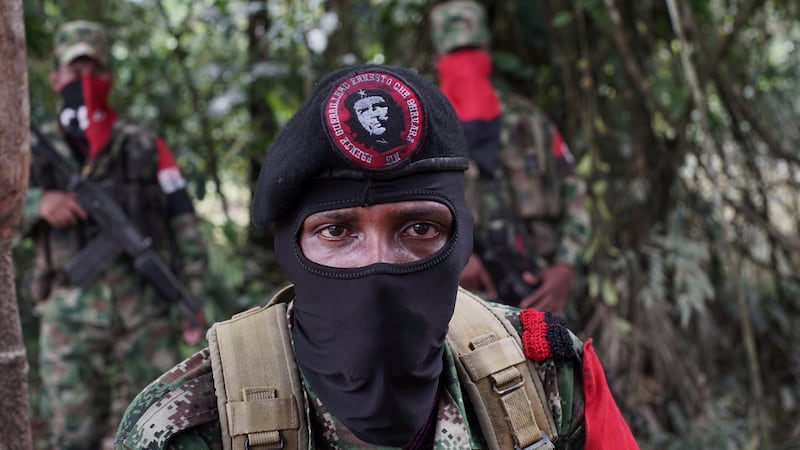
But analysts say negotiating with disparate armed groups – some, like the ELN, with political ambitions, others purely criminal operations – makes the “total peace” policy a tall order.
Armed groups have renounced violence in Colombia before. The revolutionary socialist M-19 guerrillas to which Petro belonged laid down arms in 1990 and transitioned into legal politics. In 2006 the United Self-Defence Forces of Colombia, a rightwing paramilitary federation, began to disarm. Some fighters formed splinter groups, including the Clan del Golfo.
In 2016 a peace deal was struck with the Revolutionary Armed Forces of Colombia (Farc), a Marxist rebel group that sowed fear across the country and had 13,000 members when it demobilised. That deal won then-president Juan Manuel Santos a Nobel Peace Prize, but its implementation had stuttered. Atrocities committed during the conflict continue to be investigated by a special tribunal, but the accord’s key pledges to develop rural infrastructure and agriculture across Colombia remain largely unfulfilled.
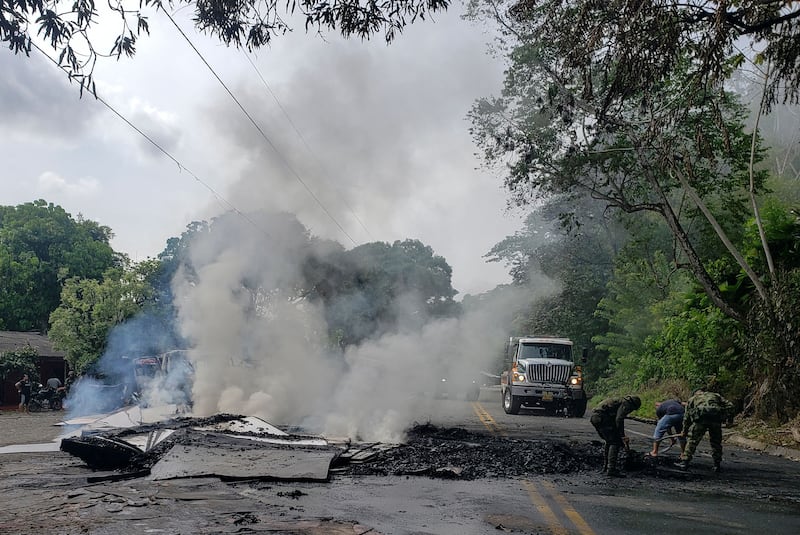
While violence was briefly reduced after the 2016 deal, dissident Farc factions ignored it and continued to wage war, while drug-trafficking gangs jostled for territory opened up by its demobilisation. Petro’s predecessor, the right-wing Iván Duque, was accused of deliberately undermining the deal’s implementation , a charge he denied.
Elizabeth Dickinson, Crisis Group’s senior Colombia analyst, said Petro’s plan would be defined by its success in reducing violence. “The feeling on the ground is that the conflict is deteriorating and that armed groups are taking advantage to consolidate their influence and assert greater control over the civilian population.”
“We are exposed [to armed groups] here,” said Teo Panclasta, a former Farc fighter with political ambitions from a makeshift Bajo Cauca village which began as a demobilisation camp. “There’s this latent feeling that combat could break out at any time.”
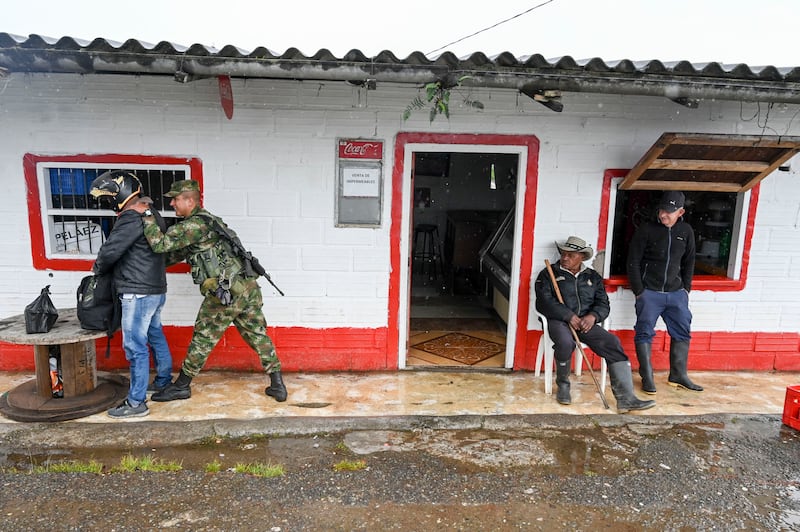
ELN, Clan del Golfo and Farc dissidents all operate nearby, and Colombia’s army has a base close to the camp. Since the peace deal was signed, 363 former Farc combatants have been killed in Colombia, according to the UN.
Many residents are desperate for Petro’s peace plan to succeed. But for that to happen, they say the population must be offered alternatives to the illicit sources of income from which armed groups profit.
Farmers once relied on coca, the precursor to cocaine, but they now find gold more profitable. In Bajo Cauca, informal miners such as Cuesta sell gold to pawn shops for $51 a gramme, $12 below the international market rate. Most businesses, legitimate or otherwise, are taxed by armed groups.
Cuesta said: “The poorest need options to make a living ... To be able to live free from the fear that you may be killed or forced to flee.”
– Copyright The Financial Times Limited 2023



















